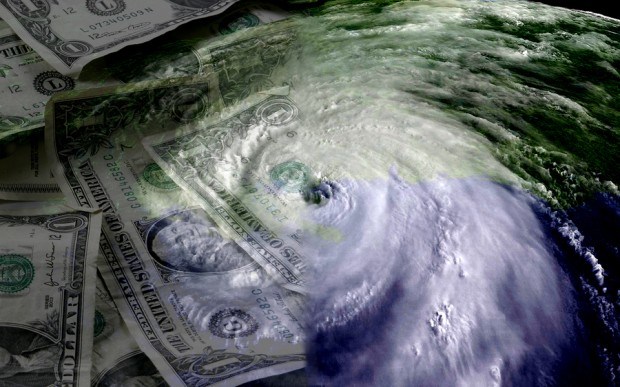Insured losses from Hurricane Arthur—the first hurricane to make landfall in the U.S. since 2012’s Hurricane Sandy—will not exceed $250 million from wind and coastal flooding, according to catastrophe modeler RMS.
The loss estimate covers damages to:
- Residential, commercial, industrial properties.
- Automobile and watercraft lines of business.
- Business interruption resulting from power outages or damage to property.
On July 3, Arthur made landfall along North Carolina’s coast as a category 2 hurricane on the Saffir-Simpson Scale (winds speeds from 96-110 mph). The hurricane weakened to a category 1 (winds speeds from 74-95 mph) before tracking offshore of Massachusetts on the night of July 4 and then made a second landfall as a post-tropical storm in the Canadian province of Nova Scotia.
“What is unusual about Arthur, particularly for this time of year, is that it rapidly deepened to become a category 2 hurricane,” said Brian Owens, senior director of business solutions at RMS, in a statement. “It’s also rare for hurricanes to form in early July, which climatologically is the quietest time of the hurricane season.”
RMS said it expects inland flooding losses to be a minimal proportion of the total insured loss, as the areas affected are primarily residential. These losses will either be covered by the National Flood Insurance Program or will be excluded perils on many insurance policies. The RMS loss estimate does not include losses to the NFIP or inland flood loss.
RMS said that approximately 5 percent of the estimated insured loss is associated with coverage leakage, the escalation in claims severity for wind-only policies in circumstances where wind and water hazards coexist in residential lines.
The storm impacted mostly residential properties in North Carolina. Most of the damage was from wind and coastal flooding, RMS said, and residential insurance policies typically provide cover for surge-driven flood losses.
In Massachusetts and Nova Scotia, damage is mainly the result of localized inland flooding caused by rainfall. RMS said that damage from wind and coastal flooding in this area was found to be minimal.
The RMS estimate is based on hazard reconstructions of Hurricane Arthur’s windfield and storm surge footprint, in addition to an analysis of the damage reports.
Source: RMS





















 NOAA Announces Latest AI-Driven Global Weather Models
NOAA Announces Latest AI-Driven Global Weather Models  Breaking: Andersen to Replace Zaffino as CEO of AIG on June 1
Breaking: Andersen to Replace Zaffino as CEO of AIG on June 1  Five AI Trends Reshaping Insurance in 2026
Five AI Trends Reshaping Insurance in 2026 








